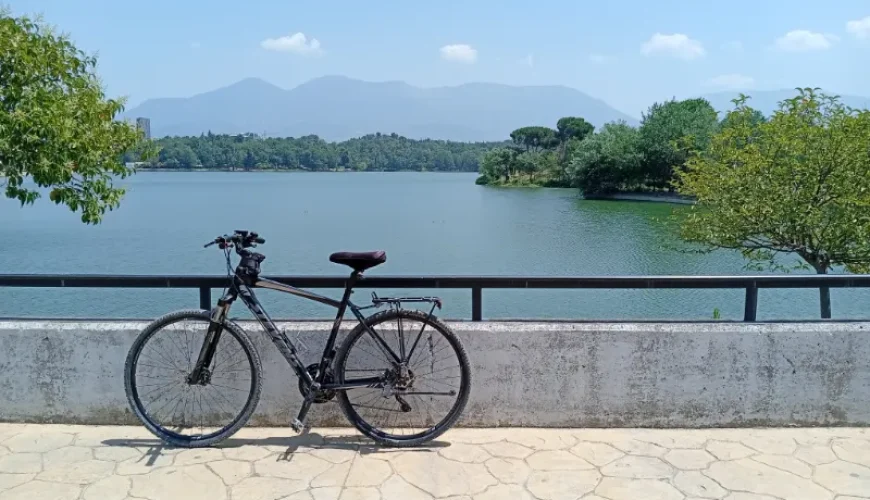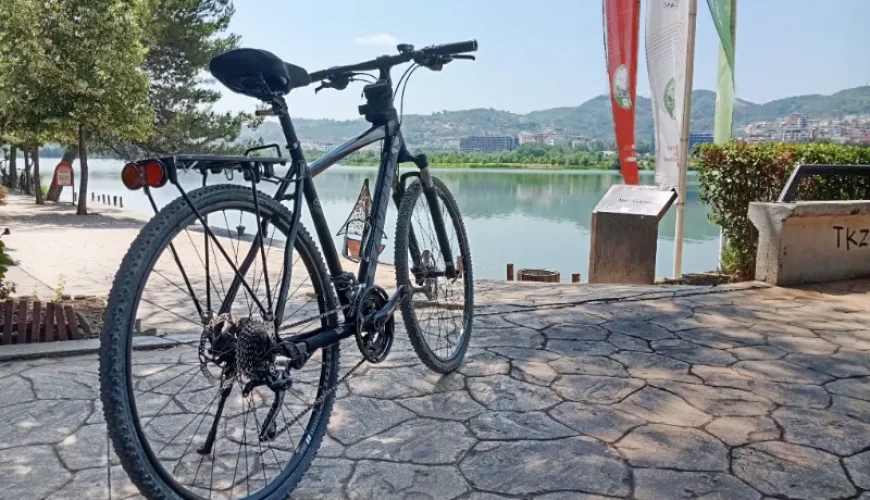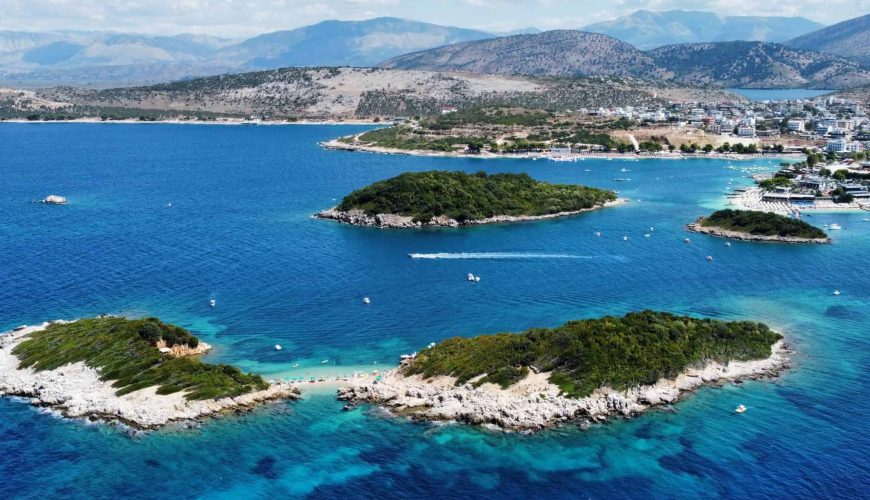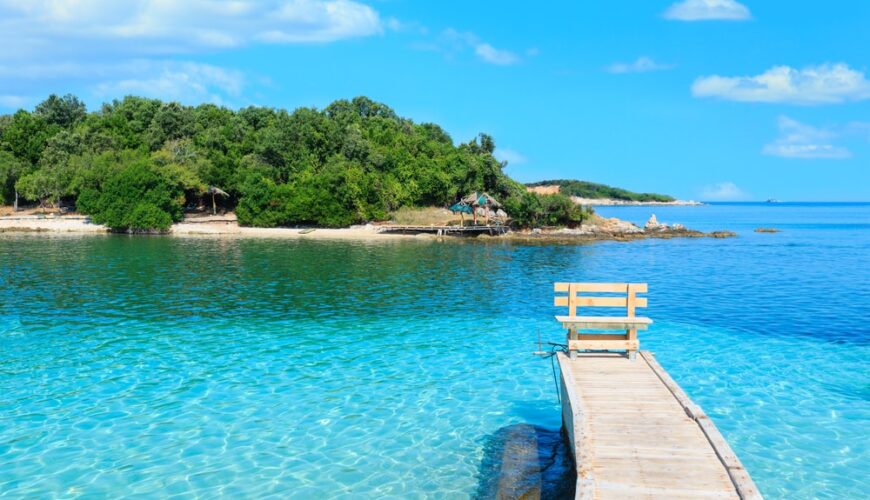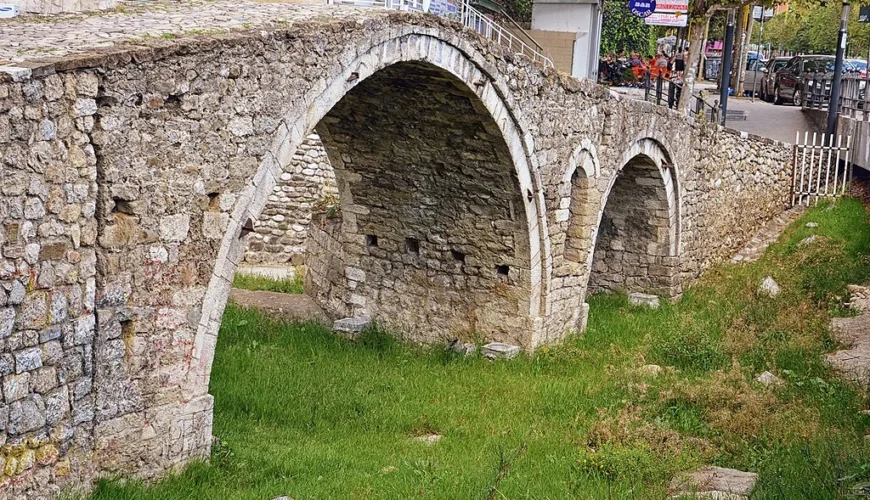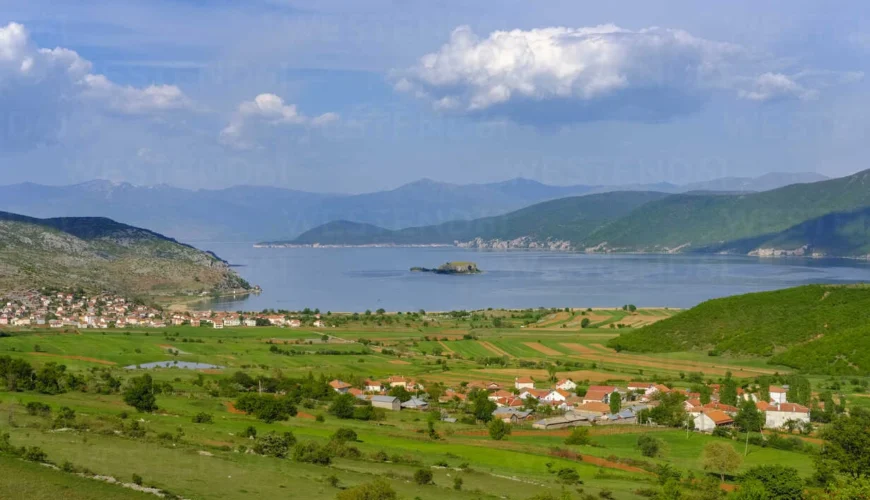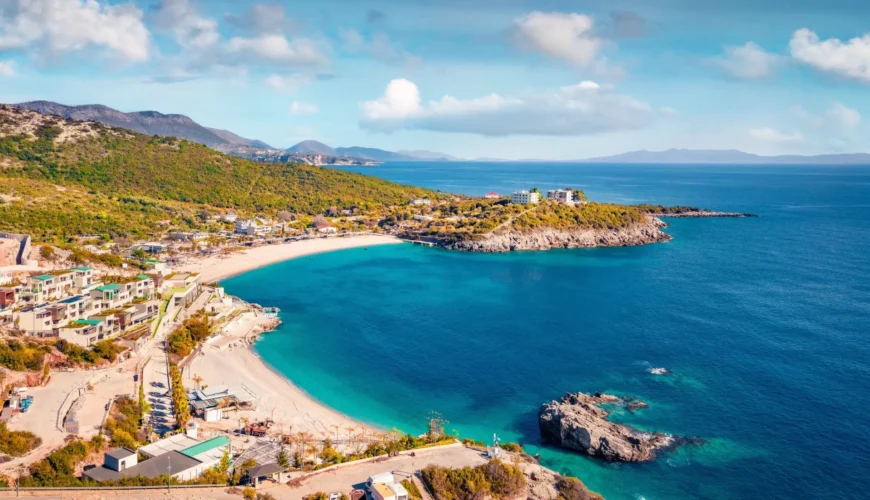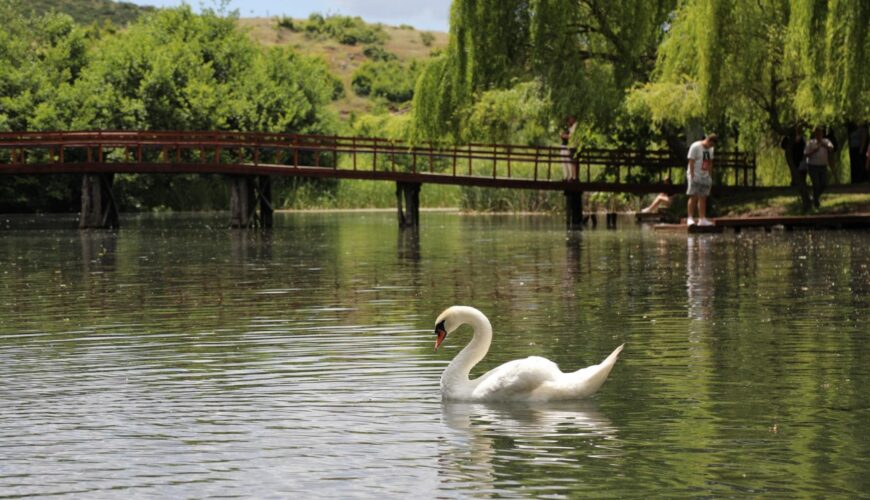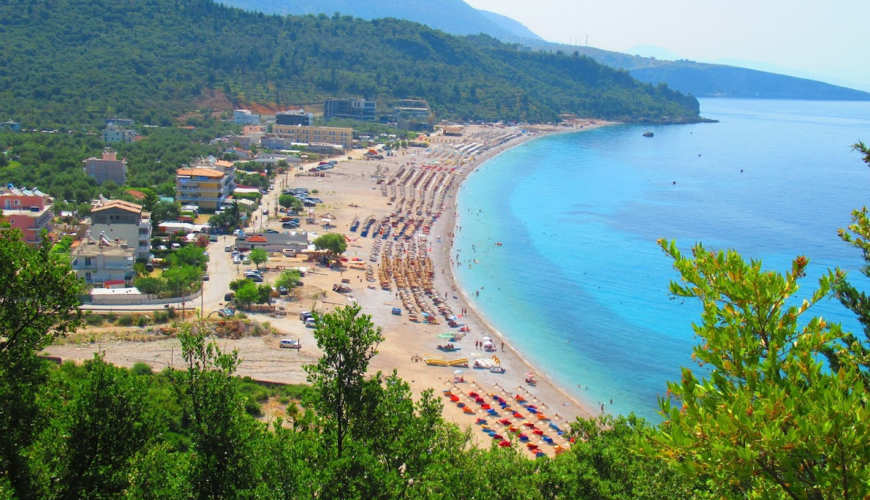Bike Rental Tirana – Discover the City on Two Wheels
Bike rental Tirana is the best way to experience Albania’s vibrant capital at your own pace. Whether you are here for a short city break or planning a longer holiday, cycling gives you the freedom to explore hidden streets, bustling markets, and scenic parks that most tourists never get to see. Instead of relying on […]
Bike Tour Tirana: How to choose a bike tour
Exploring Tirana by bike is an adventure unlike any other, offering a unique way to immerse yourself in the vibrant culture, rich history, and breathtaking nature of Albania’s capital. Bike tours are growing in popularity among travelers, and for good reason—they combine fun, fitness, and eco-friendliness in one unforgettable experience. Whether you’re a seasoned cyclist […]
Tourism in Albania: A Hidden Gem of Europe
Tourism in Albania is on the rise as more travelers discover the country’s unique allure. Long overlooked in favor of its more famous neighbors, Albania is now gaining recognition as a prime holiday destination. With its stunning landscapes, rich history, and vibrant culture, the question, “Is Albania worth visiting?” is increasingly met with a resounding […]
Ksamil Holiday (Riviera Getaway, Island Trips & Crowd Tips)
Key Takeaways Ksamil Holiday Overview: Ksamil offers a unique Albanian Riviera experience known for stunning turquoise waters, picturesque islands, and affordability, but requires planning, especially regarding crowds in peak season. Planning Essentials (2025/2026): Gather information from travel guides, social media (Ksamil Holiday Instagram), blogs, and package deal sites (KAYAK, Travel Republic). Book 3-6 months ahead […]
Capital of Albania : Exploring the Rich Tapestry of Tirana
Key Takeaways Tirana is the vibrant capital city of Albania, known for its unique blend of history and modernity. The city became Albania’s capital in 1920, replacing Durrës for strategic reasons. It has a rich history influenced by Ottoman, Italian, and Soviet architectural and cultural styles. Today, Tirana is the political, cultural, and economic hub […]
Your Ultimate Guide to a Perfect Ksamil Holiday in Albania
Your Ultimate Guide to a Perfect Ksamil Holiday in Albania Estimated reading time: 8 minutes Welcome to Your Ksamil Holiday Planning your next vacation? *Consider a Ksamil holiday*, an increasingly popular choice for travelers seeking a blend of pristine beaches, vibrant culture, and fantastic affordability. Nestled along Albania’s stunning Riviera, Ksamil is a charming coastal […]
Prespa National Park Wonders
Prespa National Park is a UNESCO-recognized natural treasure nestled at a tri-border region, offering unparalleled biodiversity and cultural richness. *Its unique geography* features shimmering lakes, rugged mountains, and lush landscapes that support diverse ecosystems. Home to over 1,130 plant species and numerous rare and endangered animals like the Dalmatian Pelican and Balkan Lynx. Rich in […]
Jale Beach: A Stunning Beach Destination in Albania
Jale Beach, a renowned beach destination in Albania, is celebrated for its stunning natural beauty and vibrant atmosphere. Situated on the picturesque Albanian Riviera, this gem draws tourists from around the globe. Jale Beach is nestled between the quaint towns of Himarë and Dhermi in Vlorë County. Its idyllic location facing the Ionian Sea makes […]
National Park of Drilon: Albania’s Natural Attraction
National Park of Drilon offers *spring-fed waters*, lush greenery, and vibrant birdlife, making it a serene natural retreat. Located near Pogradec, it is easily accessible for both local and international visitors. Activities like hiking, boat rides, and bird watching make it perfect for nature lovers. Conservation efforts aim to protect its springs and ecosystem, contributing […]
Livadhi Beach: Your Ultimate Travel Guide to the Albanian Riviera
Introduction to Livadhi Beach: A Hidden Gem of the Albanian Riviera Livadhi Beach is a *breathtaking* travel destination nestled along the Albanian Riviera. Known for its *pristine Mediterranean coastline*, Livadhi has rapidly become a favorite among travelers seeking *natural beauty* and *authentic local charm*. If you’re craving a getaway filled with *quiet serenity* and *unspoiled […]

